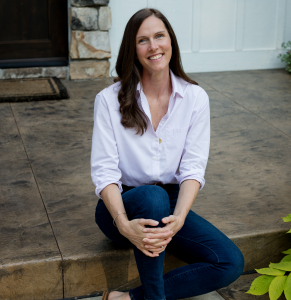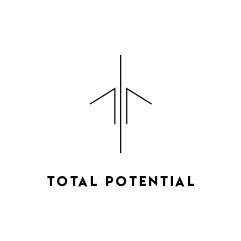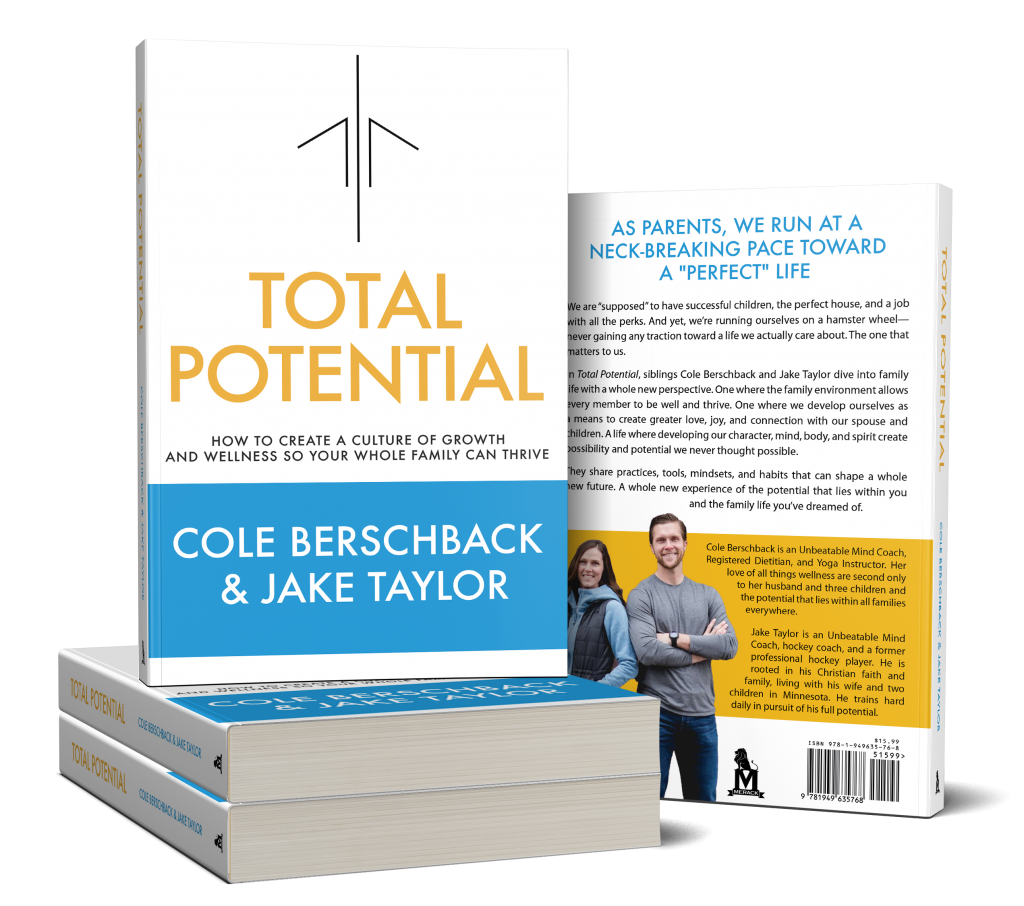Understanding what we put into our body is complicated if for no other reason than that there are so many, many choices. But there are ways to rethink what we eat and how we can improve our choices. Be aware: this is a shift away from the standard diet approach! This is personal nutrition.
When we were growing up, the dietary intake reference was the nutrition pyramid. Each layer of the pyramid was made up of a different food group. Today, the reference has changed but the idea of a pyramid is a useful tool for thinking about the way we build food choices, skills, and behaviors. Knowing that each new level depends on the levels below it, we can think about gaining skills and improving choices as we build our personal pyramid.
Building the Pyramid
We have to work on the basics before any higher levels can be incorporated in a real way. Let’s say you know you are lacking something on the base of the pyramid – perhaps food cost is a restricting factor to eating a variety of food. Then start there. Get your couponing on, start growing your own garden, or learn a few simple recipes from scratch so you can save on those prepared items at the grocery store. If you haven’t learned cooking skills, what an exciting opportunity to find a local cooking class to take with your kids or find someone at church who would be willing to spend a few hours showing you some basics. Bottom line is that as you build skills at any of the levels, you will find yourself ready to take on the next level. This is a lifelong opportunity to treat your body well and teach your kids how to do the same.
The ideas presented below are not 100% inclusive of all avenues for improving nutritional choices but do reflect common areas. All lifestyle changes follow along a similar path – small changes that add up to big differences. If you follow a dietary regimen for medical purposes, please consult your physician and/or registered dietitian before altering food choices.
Base:
- Eat a variety of foods that provide basic calorie and protein needs.
- The common rule of 8 glasses of fluid per day is a good start.
- Able to use basic cooking skills, follow recipes, and read food labels.
An example of change in the base of the pyramid would be if you don’t eat vegetables or fruit, pick one new one to try each week. These foundational skills allow us to see our current intake/skills for what they are and obvious areas for improvement.
Level 2:
- Increase variety of fruits and vegetables, lean protein.
- Substitute refined products for whole grains/whole foods.
- Improved beverage choices: water, tea, kombucha, and milks.
- Aim to eat food while seated at table.
- Learn hunger, thirst, and satiety cues.
This is where we start to refine choices, using variety to provide a broad spectrum of nutrients. Our behaviors at this level become more intentional to eat when we are actually hungry and think about the environment we choose to consume food.
Level 3:
- Aim to eat local foods when available.
- Use probiotic foods/supplements.
- Refine intake of health promoting fats.
- Meet personal hydration needs.*
- Improve language around food.
- Aim to eat until 80% full.
As we get to this level, we begin to consider how nutrition promotes longevity and wellness. Improvements in level 3 are more subtle but offer tremendous improvement in how we feel day to day.
Peak:
- Optimize food quality.
- Using foods functionally to reach training goals.
- Use health promoting spices such as tumeric and garlic.
At the peak, small tweaks are the name of the game. These changes make no sense unless the previous layers are fully intact.
Along the way, we will be providing simple, readily useable ideas, recipes, and behavior changes to help live our best life. Think about the skills you already have and one or two areas you can build upon skills or improve choices. They may seem like small changes, but they will absolutely make a big impact over time.
*The simplest way to consider you how much water to drink in a day is to drink half your body weight in ounces. If you are overweight, use an adjusted body weight. Exercise needs: replace fluid losses during exercise by taking your weight before and after exercise then drinking one ounce of water for every ounce of weight lost. If exercise is moderate to high-intensity for an hour or longer, a sports drink is a better fluid replacement than water.

Cole Bershback
Cole is a wife and mom of three. As a Registered Dietitian, certified yoga instructor, and Unbeatable Mind Coach, she has committed her life to wellness and the pursuit of our highest potential. If grit and love had a child, it would be Cole Bershback.



